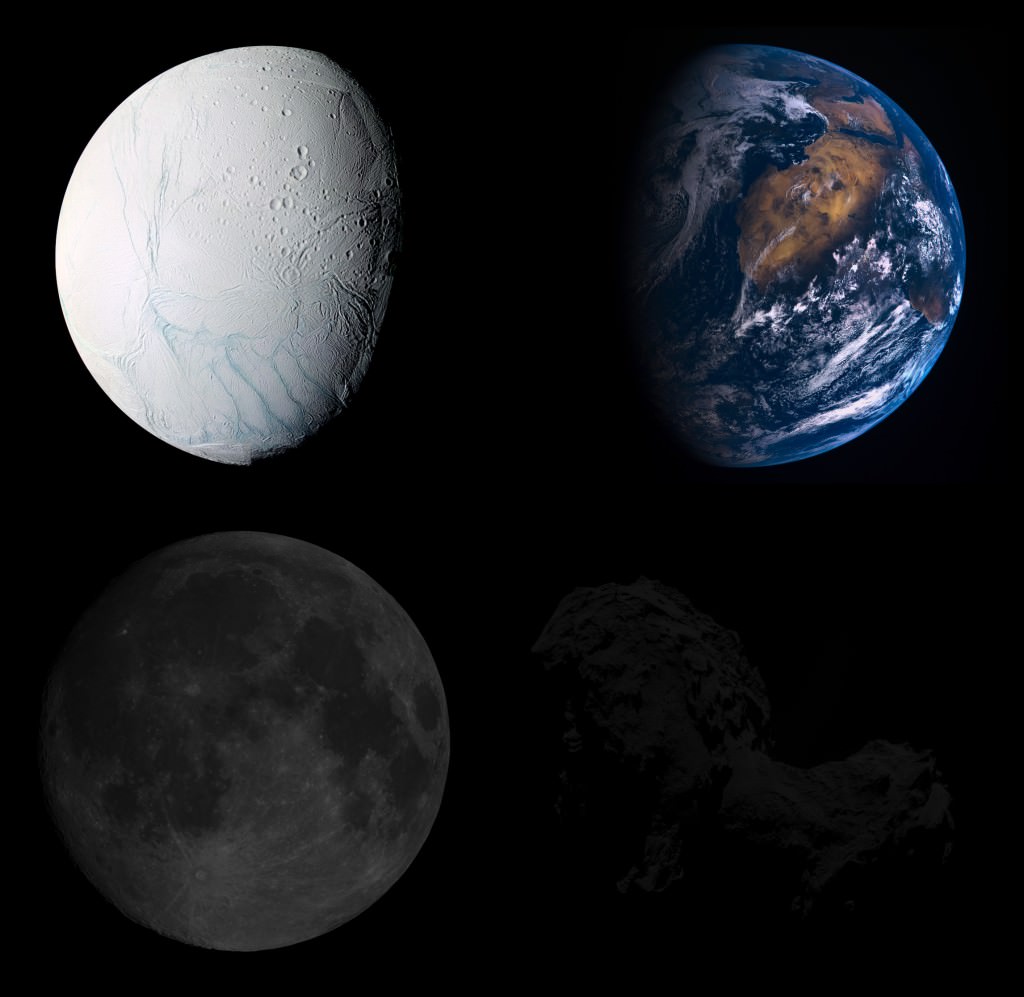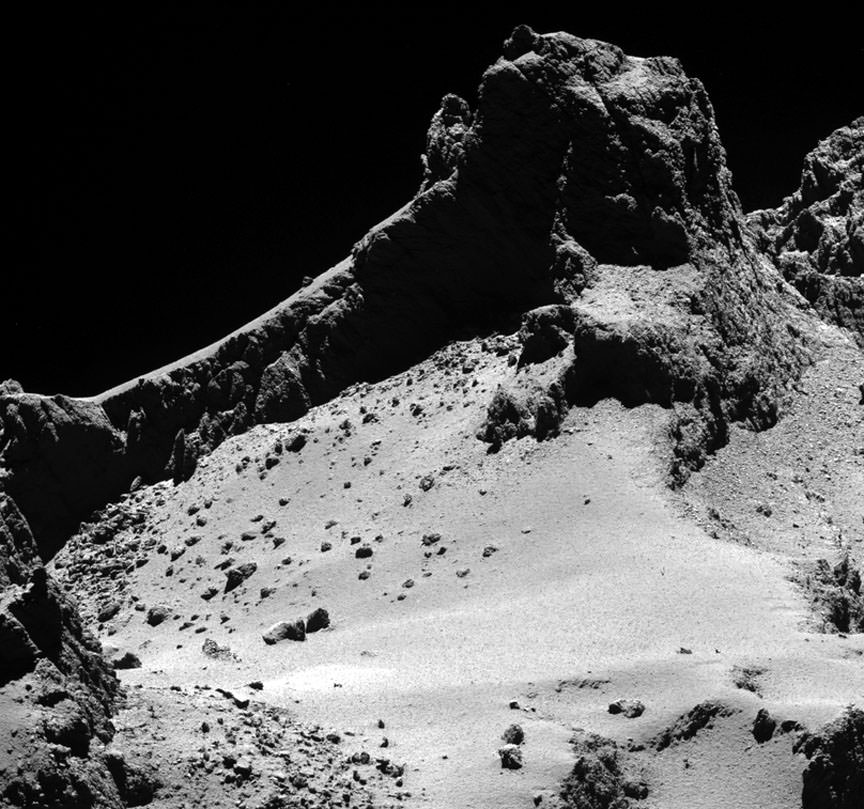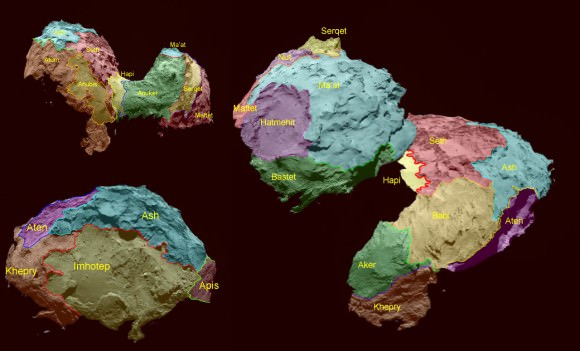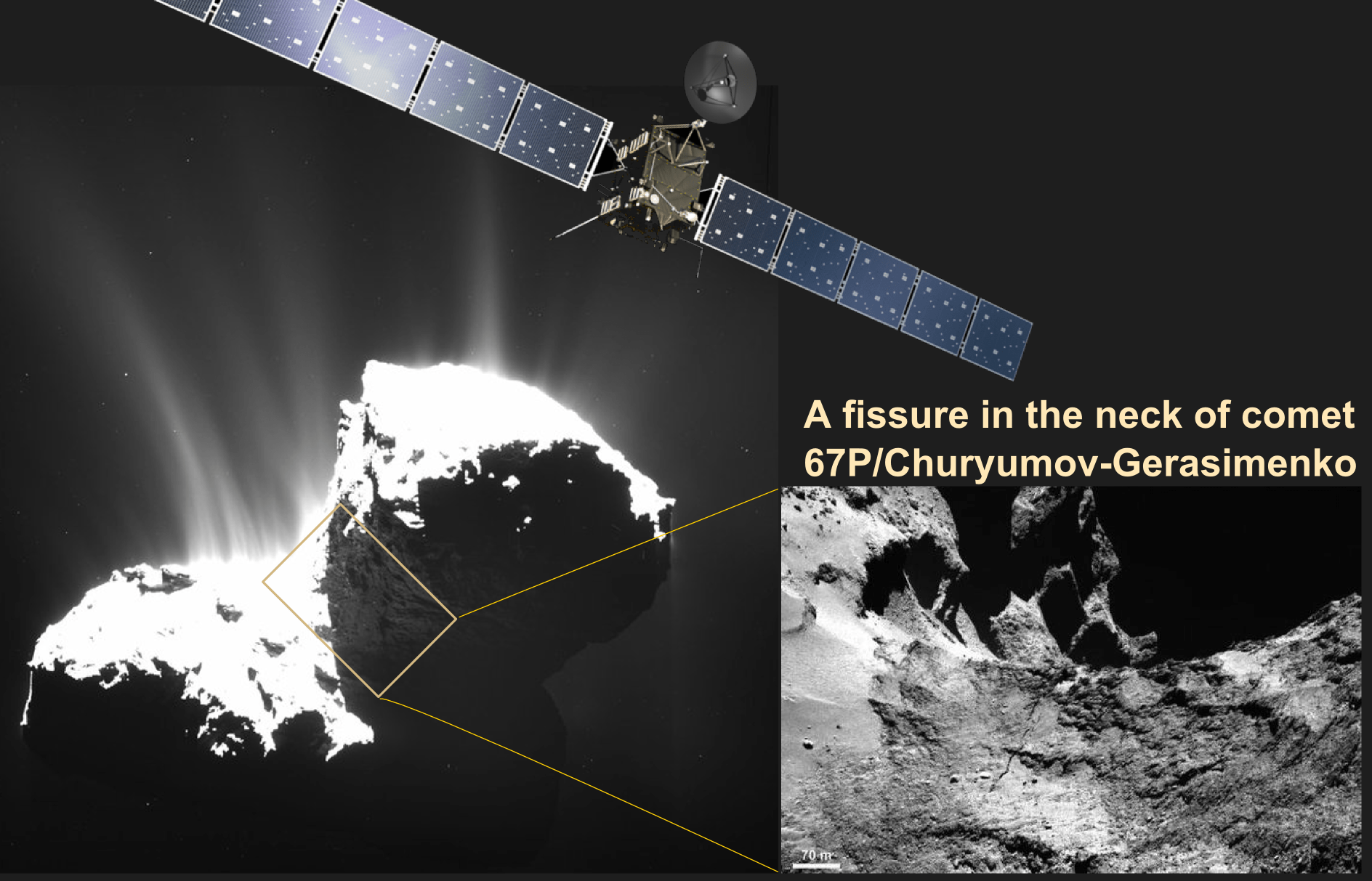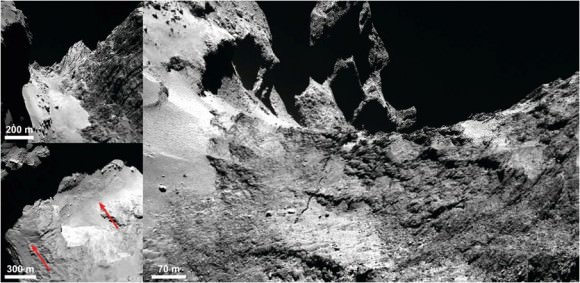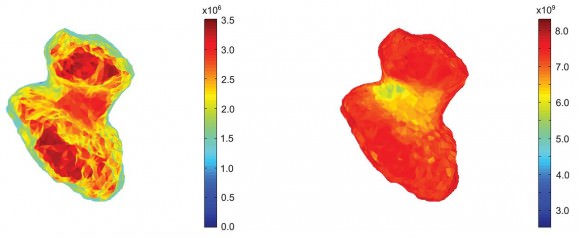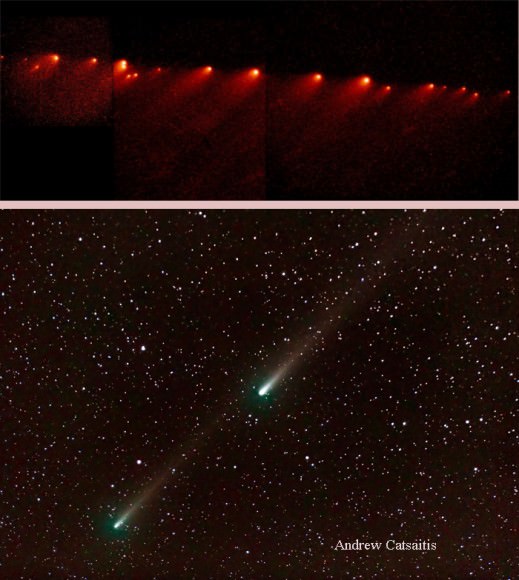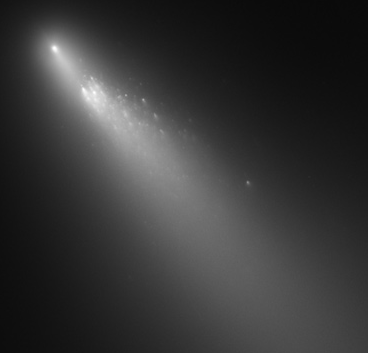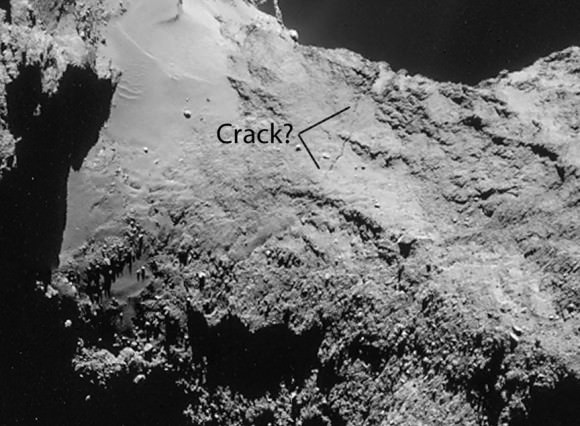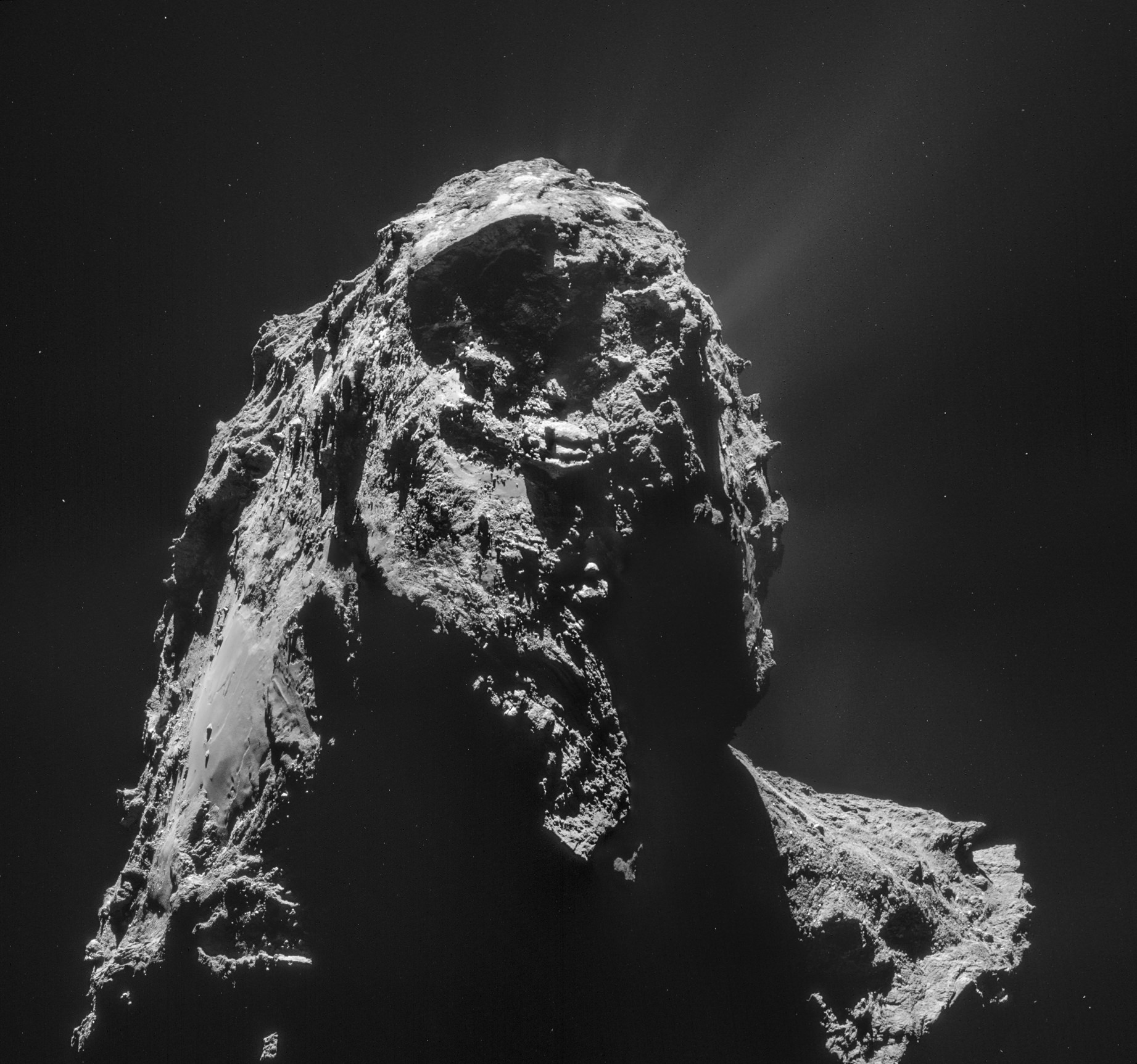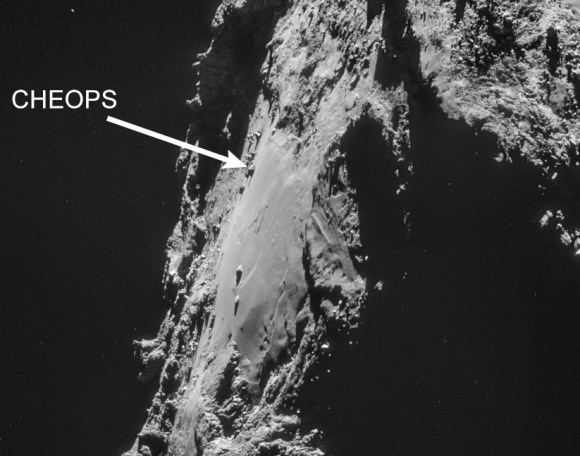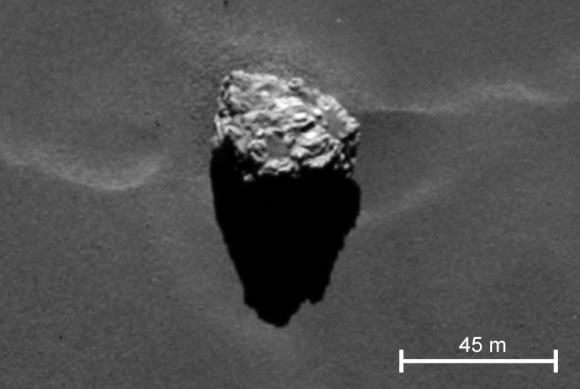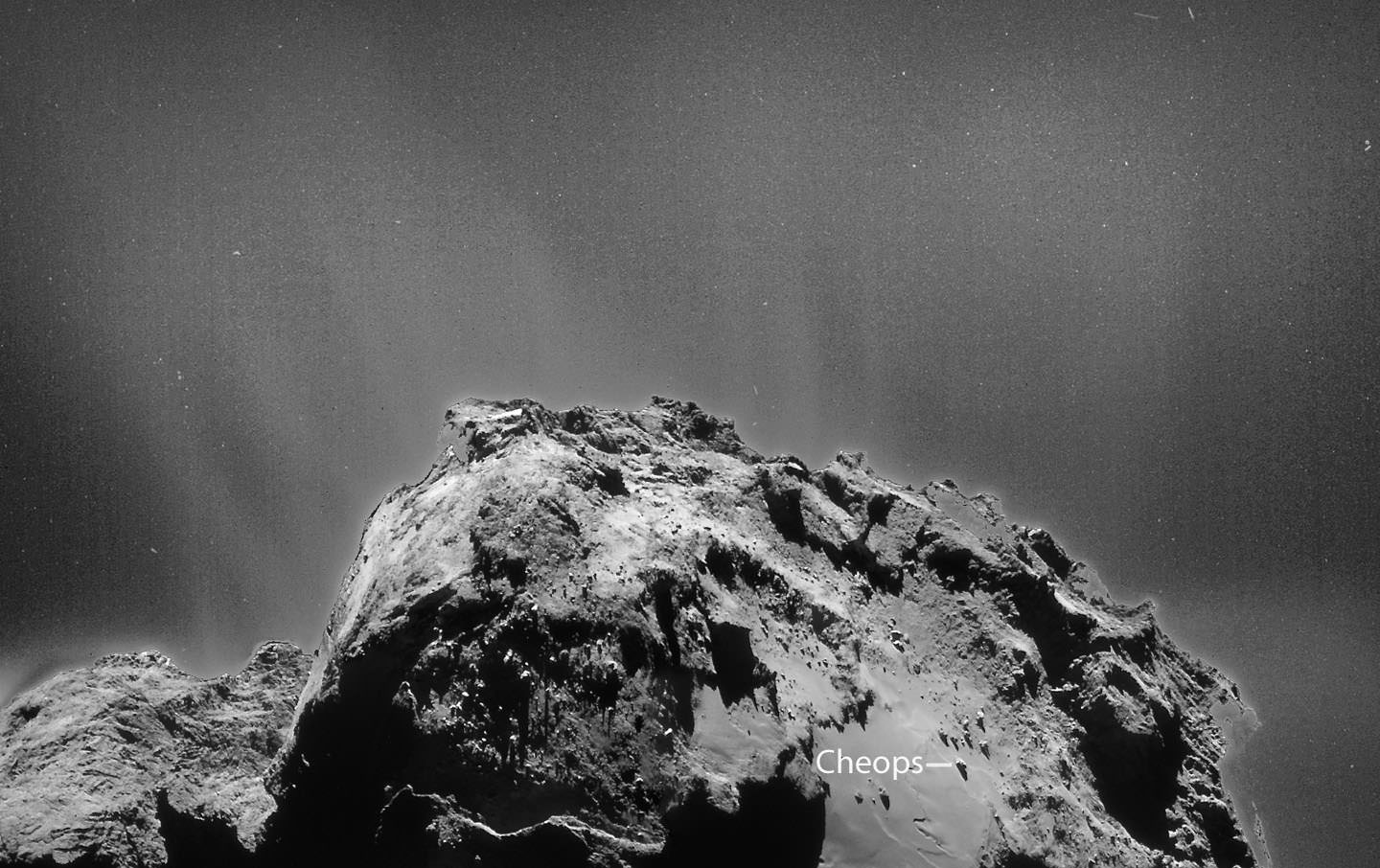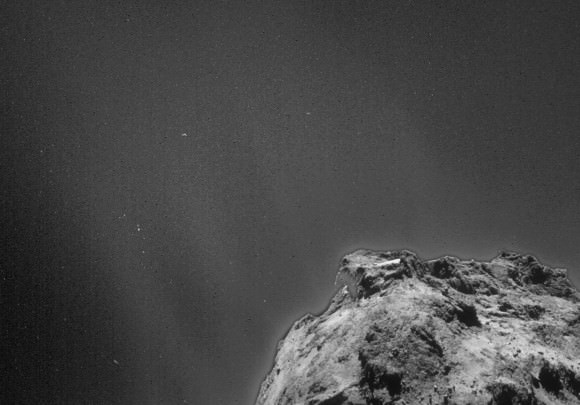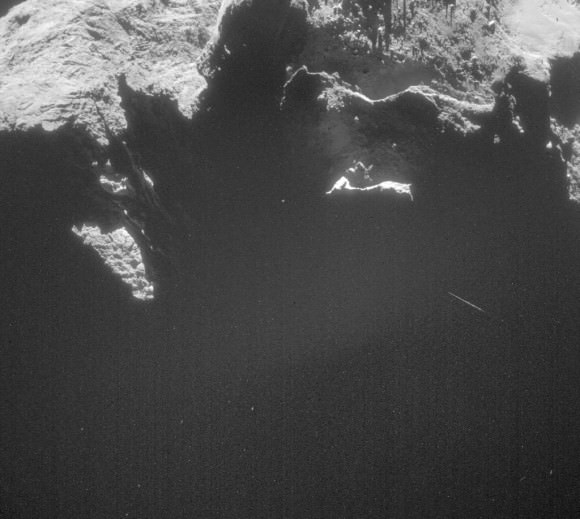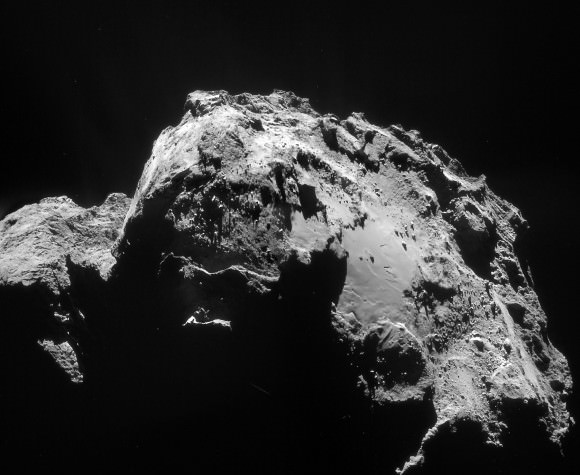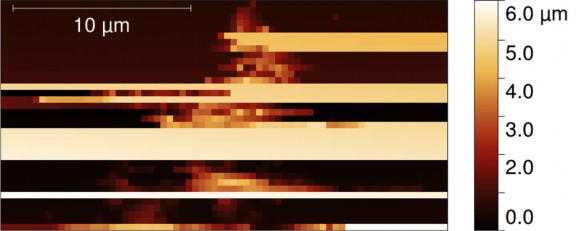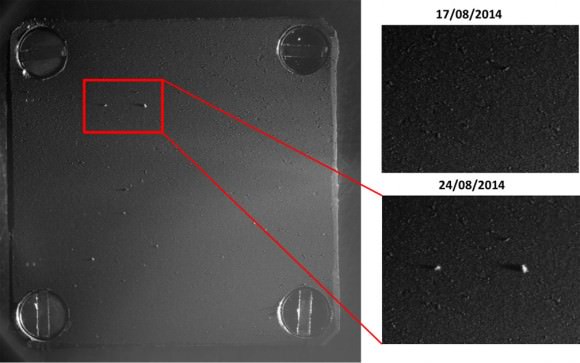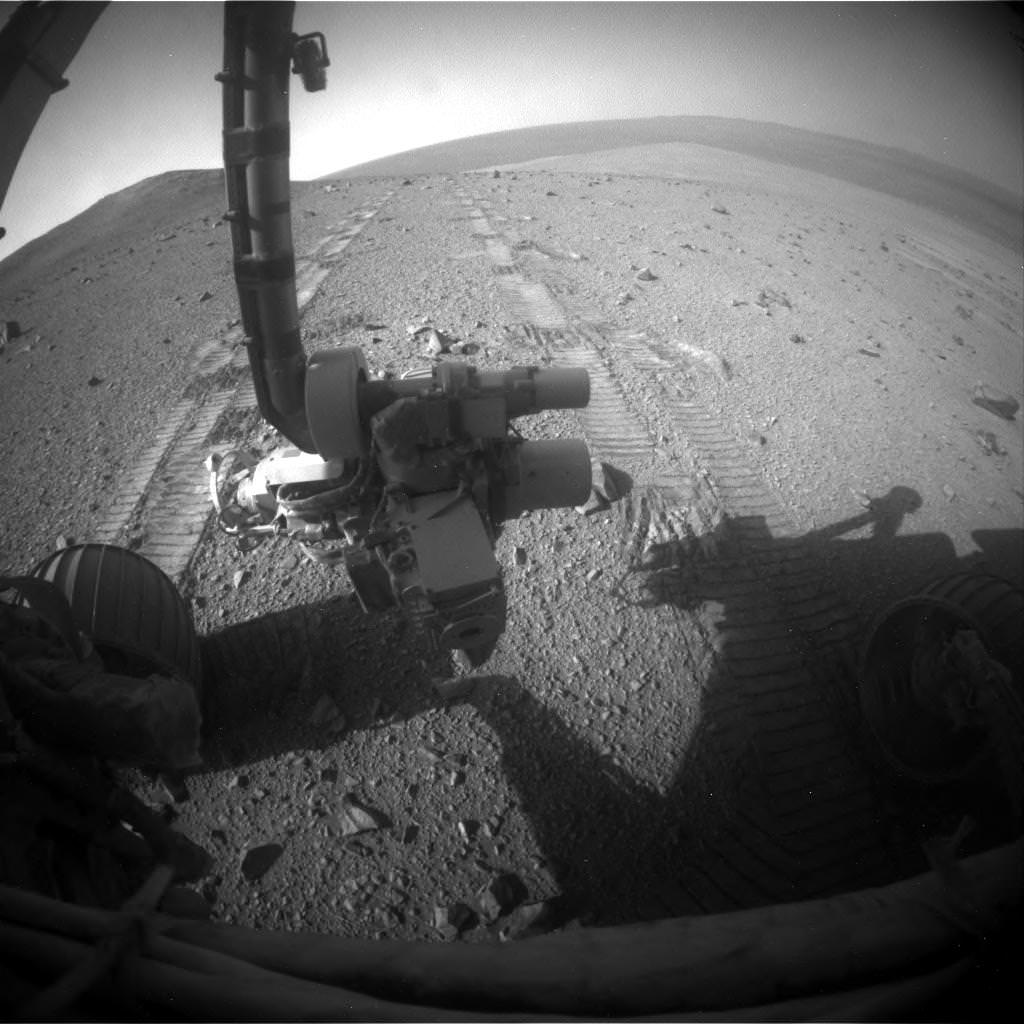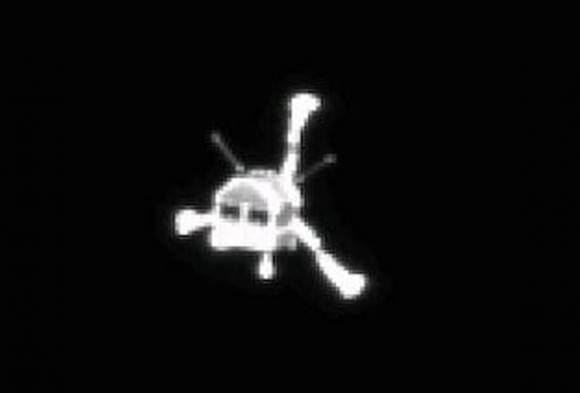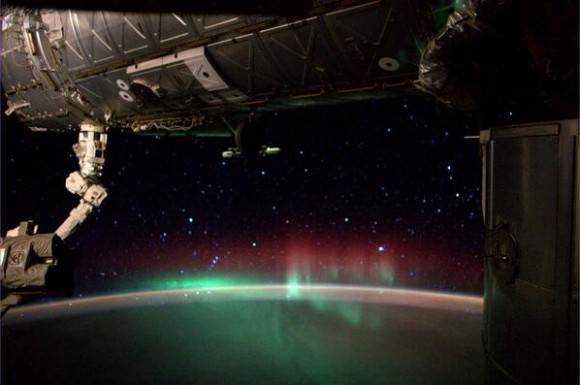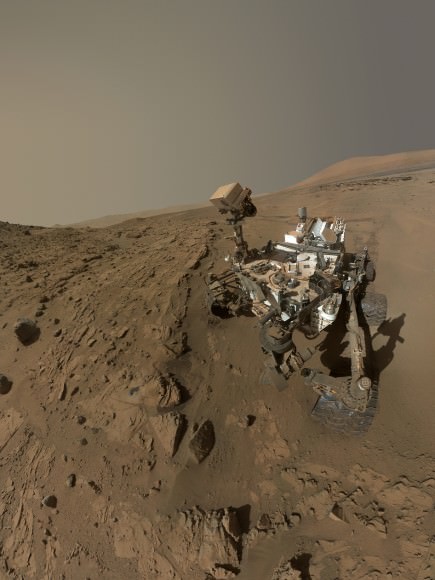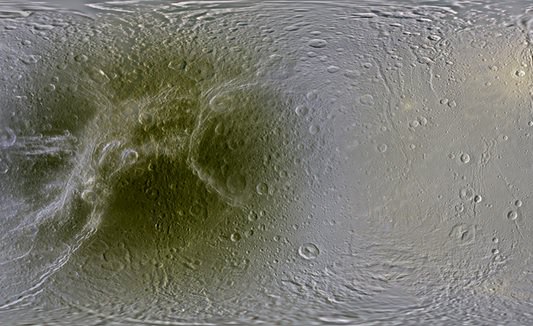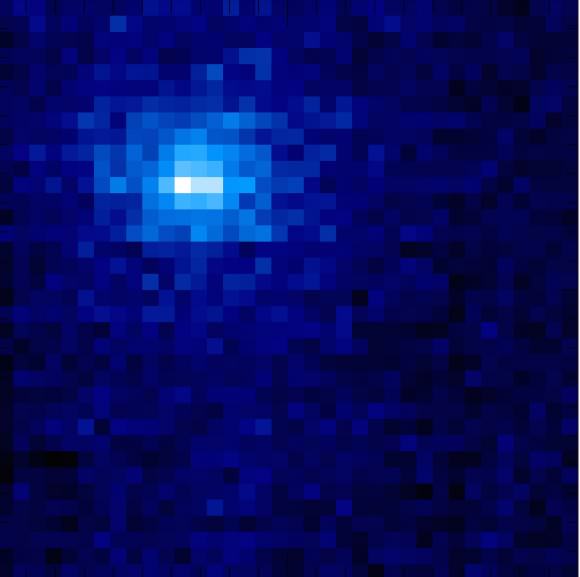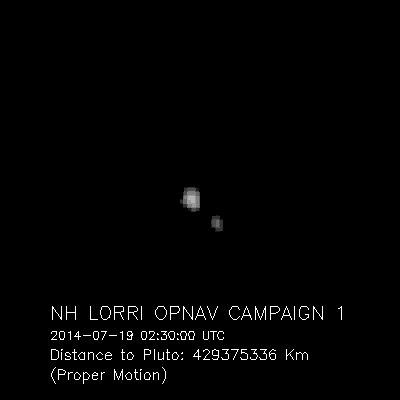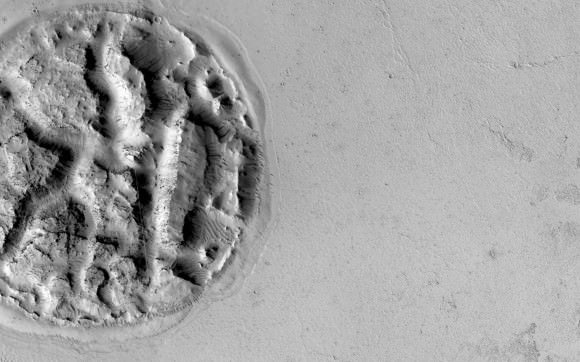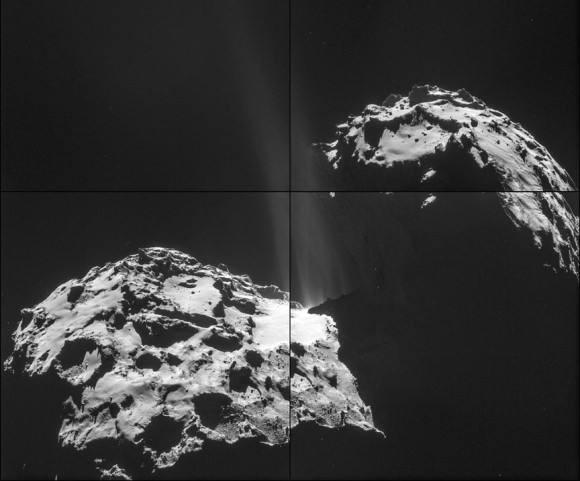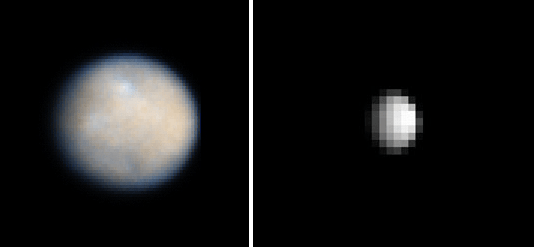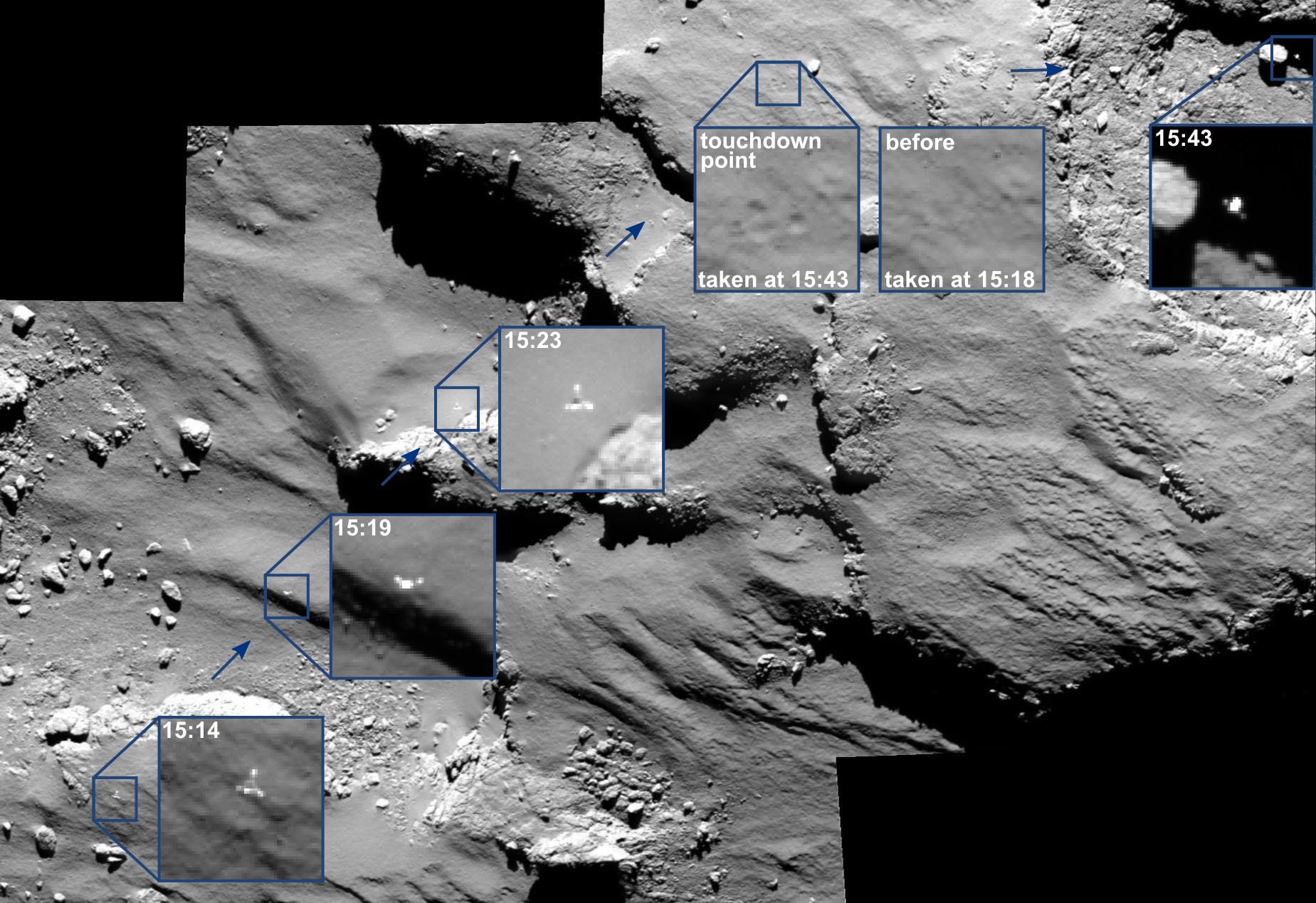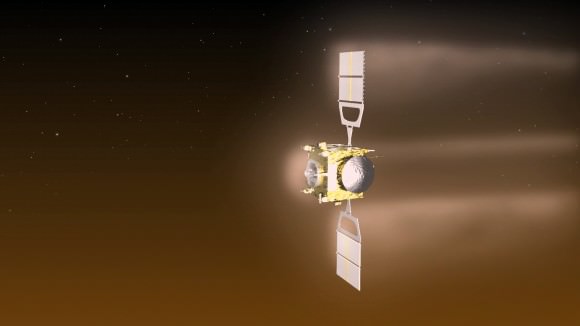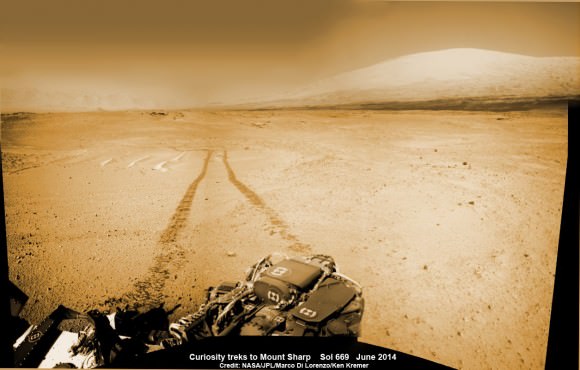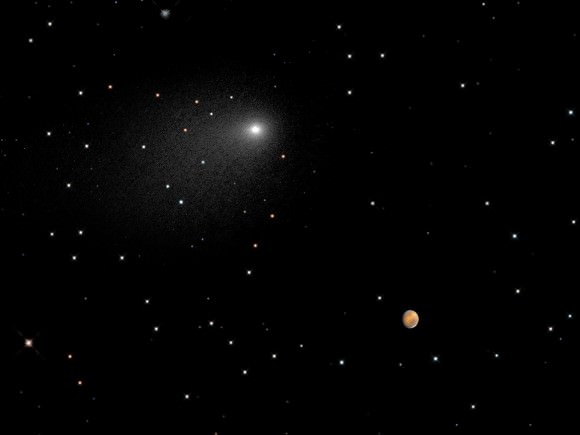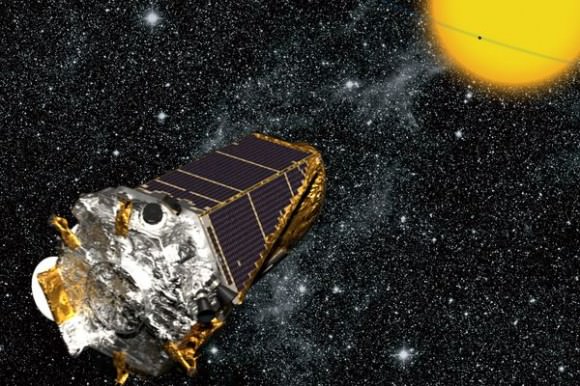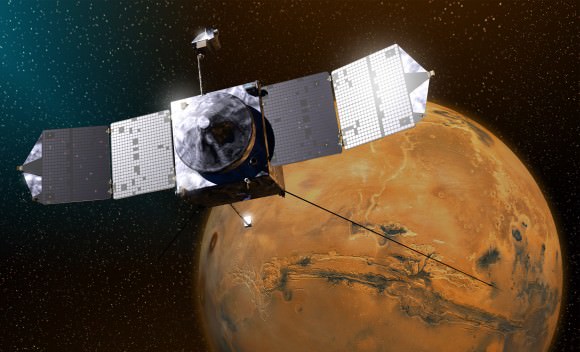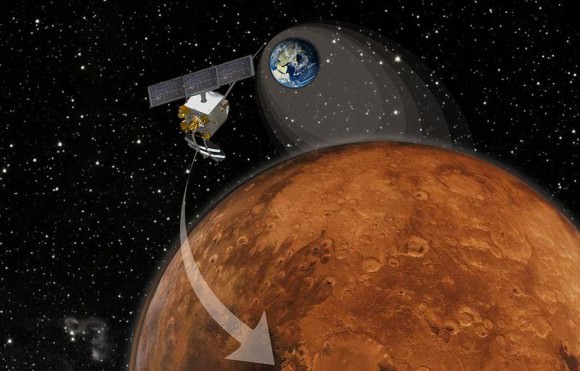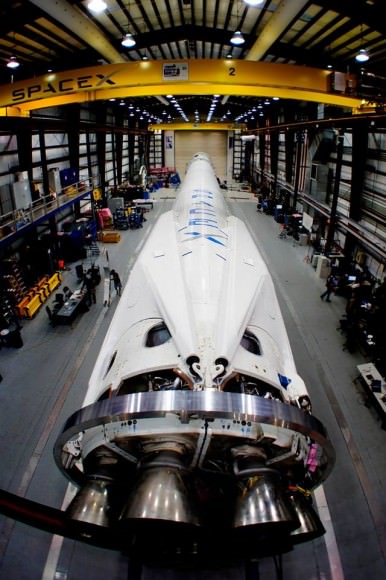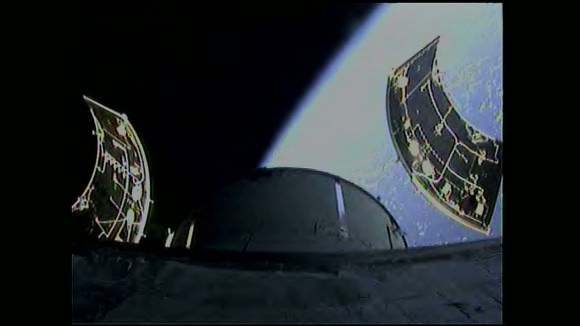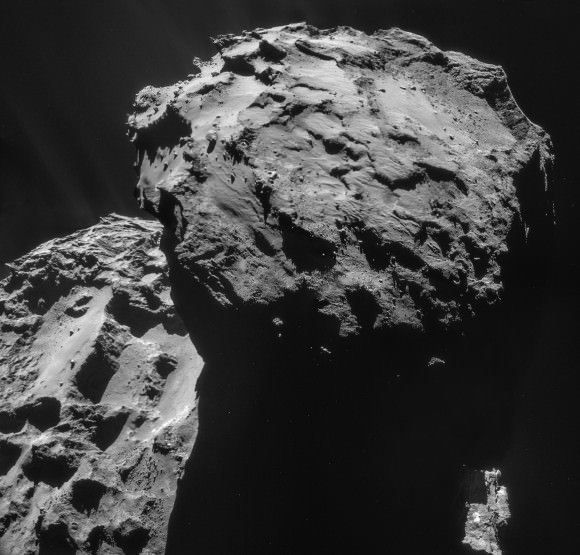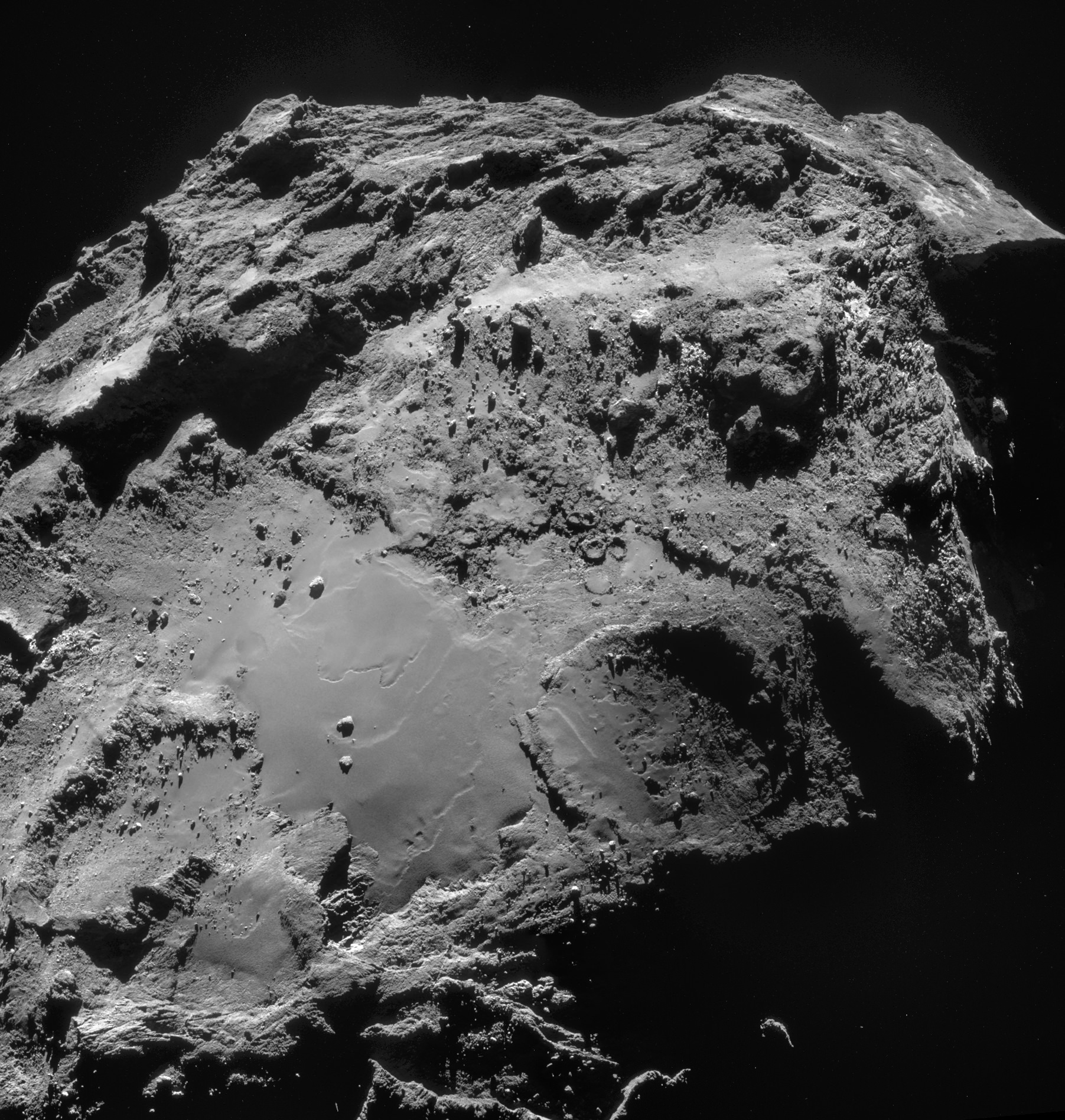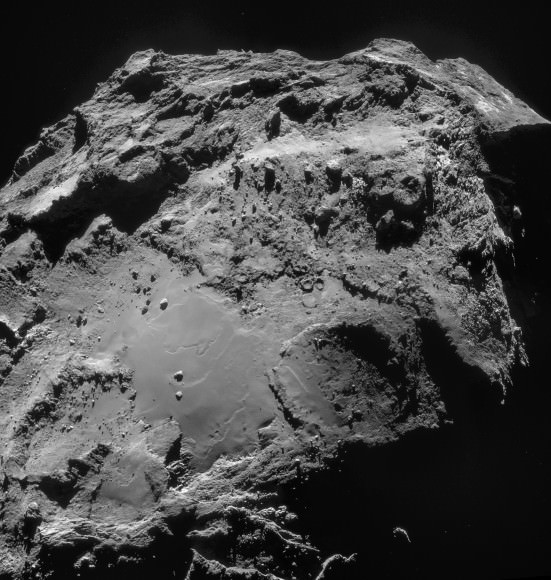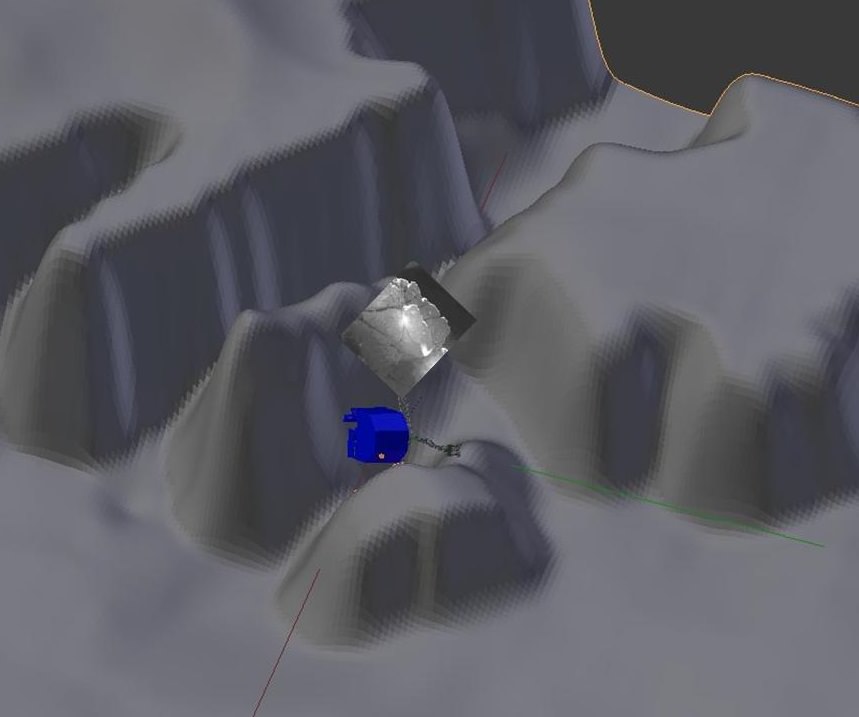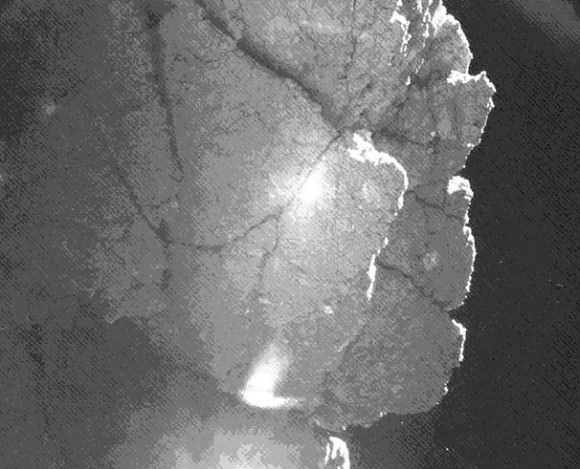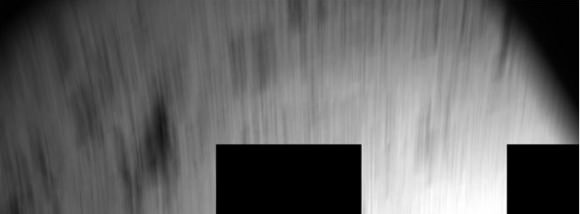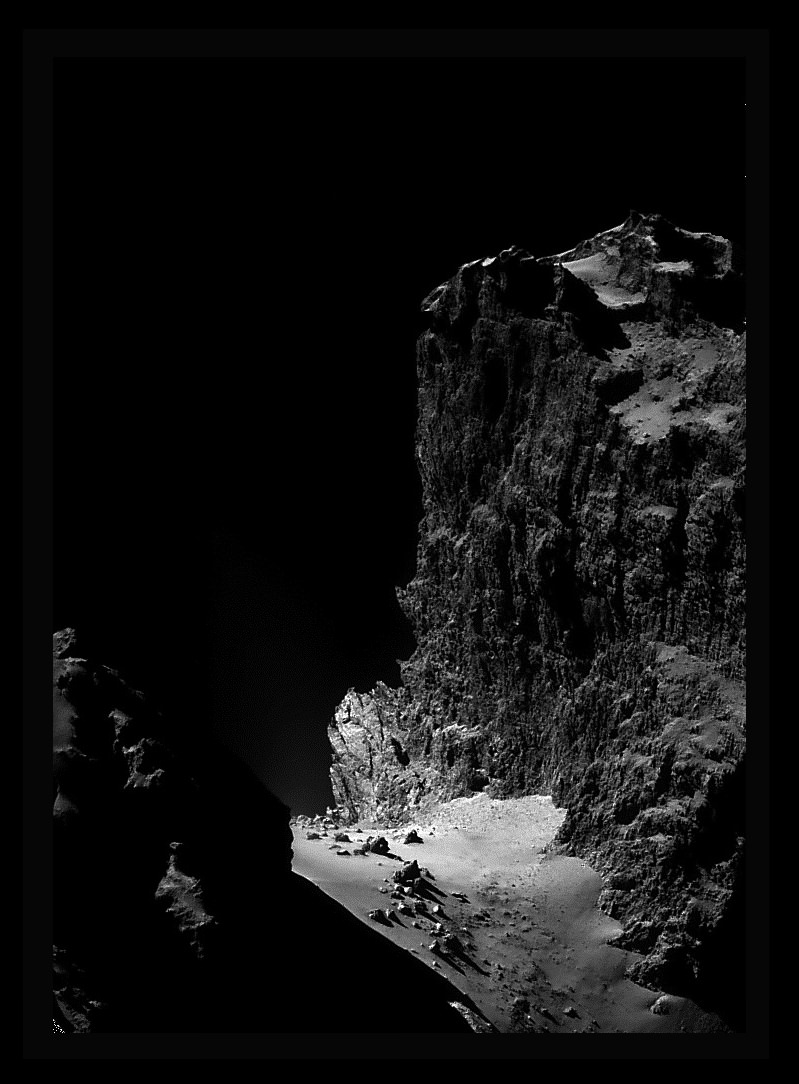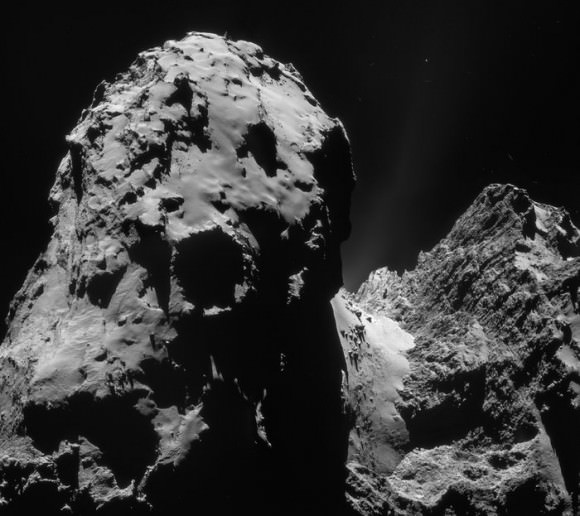There’s darkness out there in the cold corners of the solar system.
And we’re not talking about a Lovecraftian darkness, the kind that would summon Cthulhu himself. We’re talking of celestial bodies that are, well. So black, they make a Spinal Tap album cover blinding by comparison.
We recently came across the above true color comparison of Comet 67/P Churyumov-Gerasimenko adjusted for true reflectivity contrasted with other bodies in the solar system. 67/P is definitely in the “none more black” (to quote Nigel Tufnel) category as compared to, well, nearly everything.
Welcome to the wonderful world of albedo. Bob King wrote a great article last year discussing the albedo of Comet 67/P. The true albedo (or lack thereof) of 67/P as revealed by Rosetta’s NAVCAM continues to astound us. Are all comets this black close up? After all, we’re talking about those same brilliant celestial wonders that can sometimes be seen in the daytime, and are the crimson harbingers of regal change in The Game of Thrones, right?
There was also a great discussion of the dark realms of 67/P in a recent SETI Talk:
As with many things in the universe, it’s all a matter of perspective. If you live in the U.S. Northeast and are busy like we were earlier today digging yourself out from Snowmageddon 2015, then you were enjoying a planetary surface with a high albedo much more akin to Enceladus pictured above. Except, of course, you’d be shoveling methane and carbon dioxide-laced snow on the Saturnian moon… Ice, snow and cloud cover can make a world shinny white and highly reflective. Earthshine on the dark limb of the crescent Moon can even vary markedly depending on the amount of cloud and snow cover on the Earth that’s currently rotated moonward.
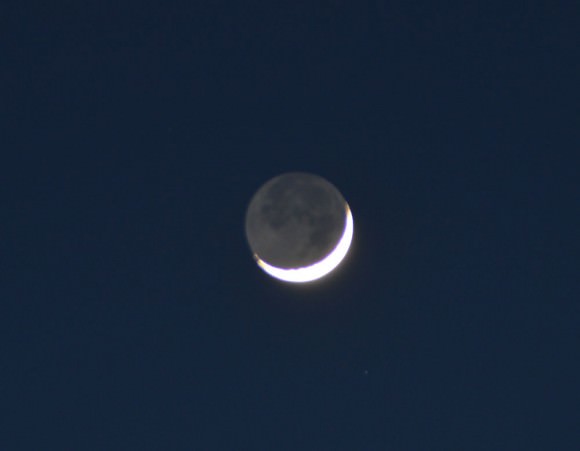
To confound this, apparent magnitude over an extended object is diffused over its surface area, making the coma of a comet or a nebula appear fainter than it actually is. Engineers preparing for planetary encounters must account for changes in light conditions, or their cameras may just record… nothing.
For example, out by Pluto, Charon, and friends, the Sun is only 1/1600th as bright as seen here on sunny Earth. NASA’s New Horizons spacecraft will have to adjust for the low light levels accordingly during its historic flyby this July. On the plus side, Pluto seems to have a respectable albedo of 50% to 65%, and may well turn out to look like Neptune’s large moon, Triton.
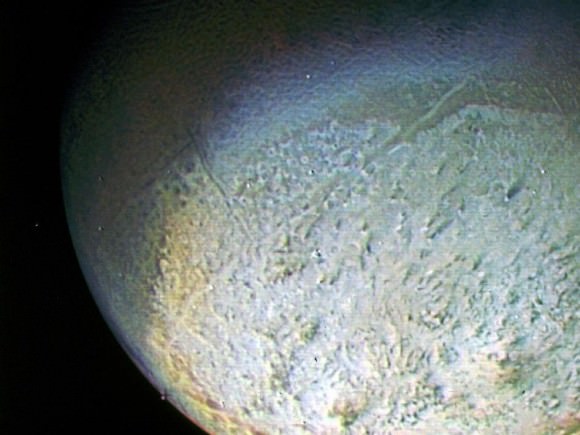
And albedo has a role in heat absorption and reflection as well, in a phenomenon known as global dimming. The ivory snows of Enceladus have an albedo of over 95%, while gloomy Comet 67/P has an albedo of about 5%, less than that of flat black paint. A common practice here in Aroostook County Maine is to take fireplace ashes and scatter them across an icy driveway. What you’re doing is simply lowering the surface albedo and increasing the absorption of solar energy to help break up the snow and ice on a sunny day.
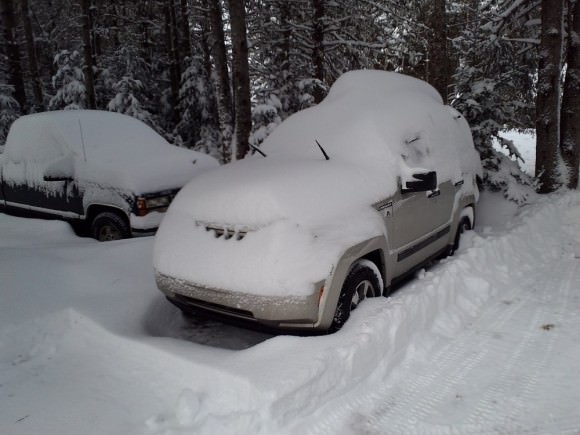
Ever manage to see Venus in the daytime? We like to point out the Cytherean world in the daytime sky to folks whenever possible, often using the nearby Moon as a guide. Most folks are amazed at how easy this daytime feat of visual athletics actually is, owing to the fact that the cloud tops of Venus actually have a higher albedo of 90%, versus the Moon’s murky 8 to 12%.
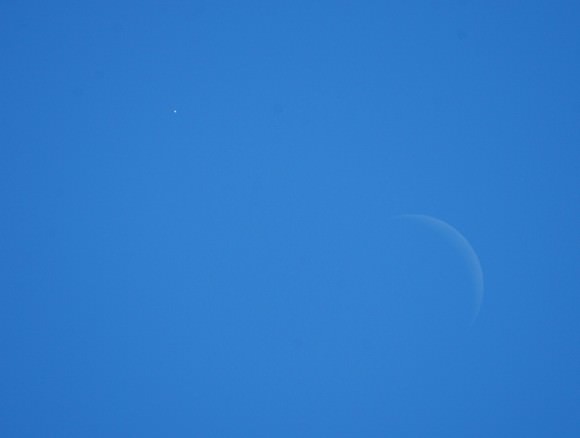
Apollo 12 command module pilot Richard Gordon remarked that astronauts Al Bean and Pete Conrad looked like they’d been “playing in a coal bin” on returning from the surface of the Moon. And in case you’re wondering, Apollo astronauts reported that moondust smelled like ‘burnt gunpowder’ once they’d unsuited.
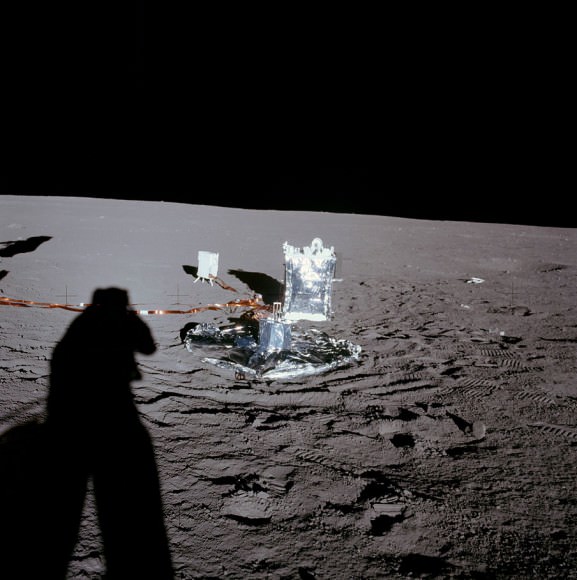
Magnitude, global dimming and planetary albedo may even play a role in SETI as well, as we begin to image Earthlike exoplanets… will our first detection of ET be the glow of their cities on the nightside of their homeworld? Does light pollution pervade the cosmos?
And a grey cosmos awaits interstellar explorers as well. Forget Captain Kirk chasing Khan through a splashy, multi-hued nebula: most are of the light grey to faded green varieties close up. Through a telescope, most nebulae are devoid of color. It’s only when a long time exposure is completed that colors too faint to see with the naked eye emerge.
All strange thoughts to consider as we scout out the dark corners of the solar system. Will the Philae lander reawaken as perihelion for Comet 67/P approaches on August 13th, 2015? Will astronauts someday have to navigate over the dark surface of a comet?
I can’t help but think as I look at the duck-like structure of 67/P that one day, those two great lobes will probably separate in a grand outburst of activity. Heck, Comet 17P/Holmes is undergoing just such an outburst now — one of the best it has generated since 2007 — though it’s still below +10th magnitude. How I’d love to get a look at Comet 17P/Holmes up close, and see just what’s going on!

